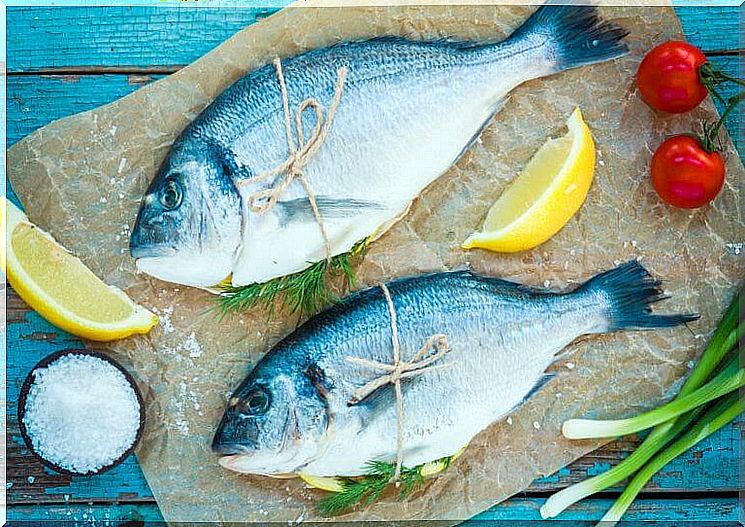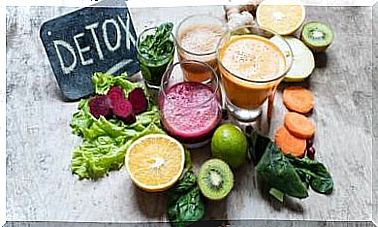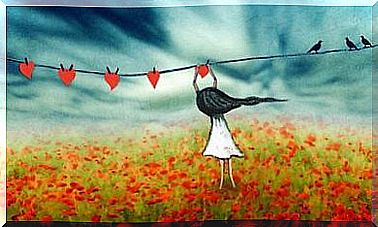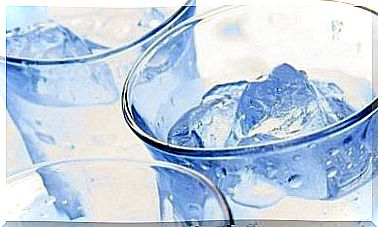Chemophobia Or Pathological Fear Of Chemicals
Chemophobia or hostility towards chemicals is an irrational, pathological fear of chemicals that begins with a tendency to exaggerate and eventually develops into obsession for many. It should not be forgotten that nature is full of chemicals. On the other hand, today’s society is largely made possible by chemical processes.

Potentially harmful chemicals in the environment and thus also in food and other areas of life are worrying more and more people, which is entirely justified. But in some cases this develops into chemophobia, that is, a pathological and irrational fear of chemicals and their harmful effects.
In advertising we see more and more products that are labeled as “no preservatives”, “no chemicals” or “no artificial colors”. The trend towards natural and organic foods is evident. But if this develops into a real phobia about chemicals, we are faced with illness.
The term “chemistry” is used in many cases as an antonym for “nature”. But chemicals are a fundamental part of nature and of course of human nature. The mistake of regarding chemistry as fundamentally harmful leads in some cases to pathological behavior that has a very negative effect on those affected and is absurd.
Chemophobia: the pathological and irrational fear of chemicals
Chemophobia or chemophobia began in the 1960s. The publication “The Silent Spring” by the author Rachel Carson had a major influence on this tendency. Carson’s book is about pesticide pollution.
This work is classified as one of the most important scientific non-fiction books of all time. But it also gave others an opportunity to stir up irrational fear of chemicals.
Chemophobia manifests itself in an excessive fear of chemical products, which leads those affected to adopt sometimes harmful behavior. Many people refrain from consuming fish and seafood because they could be contaminated with mercury. Fish contain a lot of mercury, but usually in very small amounts that are not harmful to normal consumption.

The myth: chemistry versus nature
Some time ago, in a city in the United States, a poster was posted on a river bank that read, “Warning: Water contains large amounts of hydrogen.” Those bathers, who were normally to be seen very often on this river bank, gave up their bathing pleasure because of this warning.
The truth of the matter was actually to be read on the poster: water consists of double the amount of hydrogen and a single amount of oxygen (H 2 O). It’s a perfect example of chemophobia, the pathological fear of chemicals.
Everything we see, eat or touch contains chemicals. Chemical substances are part of nature and the basis of all things and living beings, it is not a counterpart or an enemy of nature.
There are many chemical substances in nature, while others are produced synthetically, i.e. through industrial processes. Both natural and synthetic chemical substances can harm humans. It always depends on the form, amount and other factors encountered when ingesting or contacting it.
What is harmful?
A scientist who lived about five centuries ago reminds us that ” the dose makes the poison “. We are talking about Paracelsus, who already then expressed this truth, which is still valid today. If someone drinks water continuously, they can die from it. Anyone who consumes more than 50 glasses of vodka can also find death. Because we know that the amount is decisive: too much of a good thing is too much!
However, a very small amount of a harmful substance does not normally affect the organism. In addition, there have never been so many rules and regulations that apply to industrially processed products with chemicals, regardless of whether they are pharmaceuticals, food, cosmetics or other products.
If we were to ban all synthetic chemicals today , our system would collapse. We would have to do without all drugs, could not produce plastic and also no technology.

Chemophobia and Marketing
Many products that are sold as “natural” do not match this label in any way. It’s all about clever marketing. Because with the right sales strategies, chemicals are “hidden” and low natural ingredients are highlighted. For example, many products labeled “no salt” contain potassium chloride instead of sodium chloride, which could be far more harmful.
There is no such thing as “natural” bread, because bread does not grow on trees. But bread is made from processed plants and fats. There are also no “natural” sweeteners or “chemical free” cosmetics.
But of course it is of the utmost importance to identify the possible harmful effects of certain substances on the human body. This includes, for example, asbestos. However, this should not lead to the spread of myths or false positives, and generally to demonize all chemicals. In extreme cases, this leads to chemophobia, which harms those affected far more than chemicals used in everyday life. Nevertheless, we should of course be aware of what we eat or what products we use to maintain our health or beauty!









